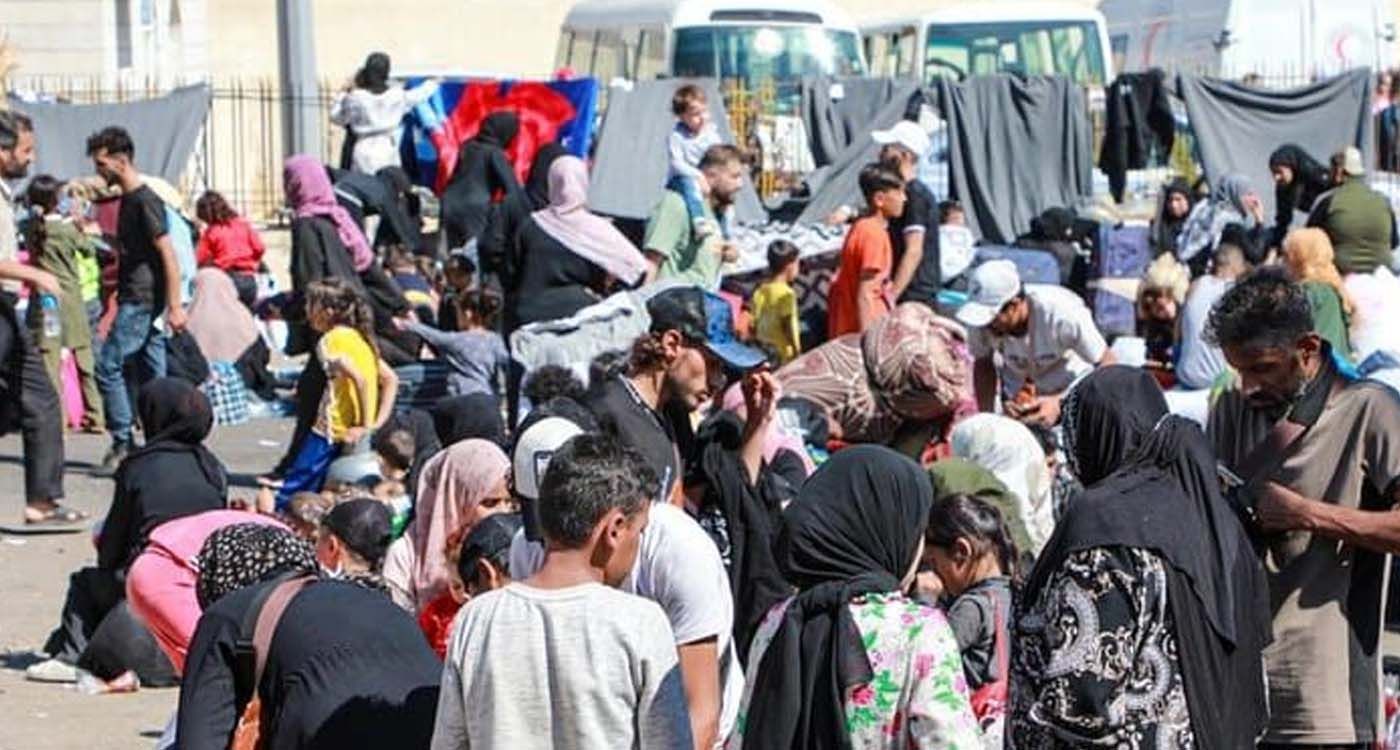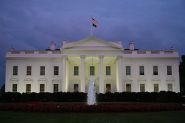
The United Nations High Commissioner for Refugees (UNHCR), the main funder of hospitalizations for a large share of Syrians in Lebanon since 2011, is completing its withdrawal: after gradual cutbacks begun in 2024, the agency had announced on May 28, 2025 that financing for hospitalizations would end by late 2025. The phase-out officially takes effect today, November 1, 2025, with immediate consequences in several facilities. A decision forced by drying donor funds: an entire health and economic balance is tottering—first in border areas, then across the country.
Since the start of the Syrian crisis, UNHCR has supported in Lebanon a hospital referral scheme (Referral Healthcare) alongside a network of primary care, allowing the most vulnerable to access deliveries, surgeries, and intensive care with a controlled out-of-pocket cost. In May 2024, for lack of funding, coverage was tightened to emergencies “with immediate life-threatening risk” only. On May 28, 2025, the agency had formalized the cessation of support for hospitalizations by the end of 2025, specifying that the wind-down would be staggered depending on contracts and regions. As of today, November 1, 2025, many hospitals are stopping admissions of new patients under UNHCR coverage, while ongoing files are being processed until the scheme is fully phased out by year’s end. Hospitals near the borders—North and the Bekaa, where the concentration of camps is highest—will take the first hit (surges in ER visits, strain on maternity and ICU beds, pressure on inventories and cash), before the ripple spreads across Lebanon’s hospital network.
What is changing in practice
Implementation will not fall all at once. As contracts expire, admissions under UNHCR coverage stop, receivables shift to families or go unfunded. Billing and audit timelines create a lag: November opens the non-admission period for many hospitals; December–January sees refusals to hospitalize for lack of a guarantor; late 2025 marks the extinction of the scheme.
Care slipping away from the most vulnerable
Refugees neither have the habit nor the means to shoulder the costs of specialized hospitalization in Lebanon. The end of coverage means uncovered deliveries, postponed surgeries, deferred ICU admissions. Chronic diseases—diabetes, hypertension, asthma, renal failure—destabilize as follow-up and treatments break off, with avoidable mortality rising and lasting sequelae. The ER “funnel effect” intensifies: without downstream beds or payment mechanisms, the entry door becomes a dead end, with harsher triage, hours of waiting, and “against medical advice” discharges for lack of funds. Meanwhile, prevention (vaccination, antenatal follow-up, therapeutic education) grinds to a halt—the complications of tomorrow are being manufactured today.
“Forward line” in the North–Bekaa… before the spread
The impact is nationwide, from Tyre to the Chouf, from Beirut to Tripoli. But border proximity and the density of camps in Akkar, Baalbek-Hermel, and West Bekaa create a crisis outpost: surges in ER visits, accelerated depletion of critical consumables, strain on maternity and ICU beds. “For years, we were paid down to the last cent. We built maternity, surgery, and intensive care around that flow. Today there’s an air pocket: our inventories turn slower, our cash evaporates, and the temptation is to close beds. Patients, meanwhile, do not disappear,” the director of a Bekaa hospital tells This is Beirut. A similar alert in Akkar: “We’re being asked to absorb more emergencies with fewer resources and no visibility on payment. A complicated delivery means surgery, anesthesia, blood products, antibiotics. If the family has nothing, does the hospital finance at a loss? How many times? That’s not harshness—it’s structural survival,” a medical lead at a northern facility tells This is Beirut.
The cash-flow shock across the entire hospital network
Beyond the borders, the entire network is losing a key cog: stable volumes, validated invoices, regular payments—this model is ending. Inventory turnover slows, cash is tied up, the risk of bad debt explodes; purchasing injectable antibiotics, strong analgesics, and OR consumables becomes less plannable; maintenance is deferred, hiring frozen. Urban centers that receive transfers and complex cases will be caught up quickly: postponed elective surgeries, longer timelines in cancer pathways, destabilized chronic patients adrift, and flight of qualified staff.
How the Lebanese public sees it: social resentment, an equity crisis
In a country where the 2019 financial crisis pushed nearly half the population below the poverty line, where social security unraveled, and where private insurance premiums skyrocketed, many Lebanese view perceived “benefits” for refugees very unfavorably. The sense of injustice is especially sharp in border regions, among the most deprived in the country. Add to this a painful memory of the civil war. “Serves them right. They come here and benefit from a system that grants them things no longer granted to us. Our children can’t even get a decent hospital room without paying a fortune,” says Fadi S., 52, a Bekaa resident, interviewed by Ici Beyrouth. This equity dissonance—refugees sometimes better covered than poor Lebanese—long acted as a social safety valve; paradoxically, removing it abruptly does not fix the injustice: it creates a double penalty, for the refugee deprived of care and for the Lebanese who inherit jammed ERs and even more depleted public services.
Knock-on effects: from district hospitals to tertiary centers
Peripheral hospitals triage and transfer; tertiary centers absorb the heavy cases. When one stalls, the other saturates. Result: delays on scheduled surgeries, disruptions in cancer pathways, loss of chance for stroke patients, dialysis stoppages due to missing kits—costs that end up even higher for the system.
Immediate pathways
In the short term, a strictly ring-fenced bridging fund for “life-saving” care (maternities, major emergencies, short ICU stays) with ex-post control; expansion of primary care and mobile clinics across all governorates; a prioritized list of chronic-disease medicines at capped prices distributed via accredited centers. These levers won’t erase the crisis, but they slow its slide into a nationwide health catastrophe.
The illusion of savings
Counting the money “saved” by closing hospital doors to refugees forgets the deferred bill: complications, sequelae, avoidable deaths—plus the political cost of a social anger seeking a scapegoat. Border areas will be the forward post, but the entire country will pay if the hospital link is allowed to break. Cutting today is not saving—it is advancing a health and social debt at usurious interest.





Comments